Because edible plants aren’t known for loving the indoors, people don’t often consider bush tucker species for house plants. But shade-tolerant herbs, like Native River Mint, and understory rainforest trees can thrive inside the home, growing comfortably without full sun, particularly in their pre-fruiting adolescent years. Here are a few of our favourites:
Burdekin Plum
Pleigynium timorense 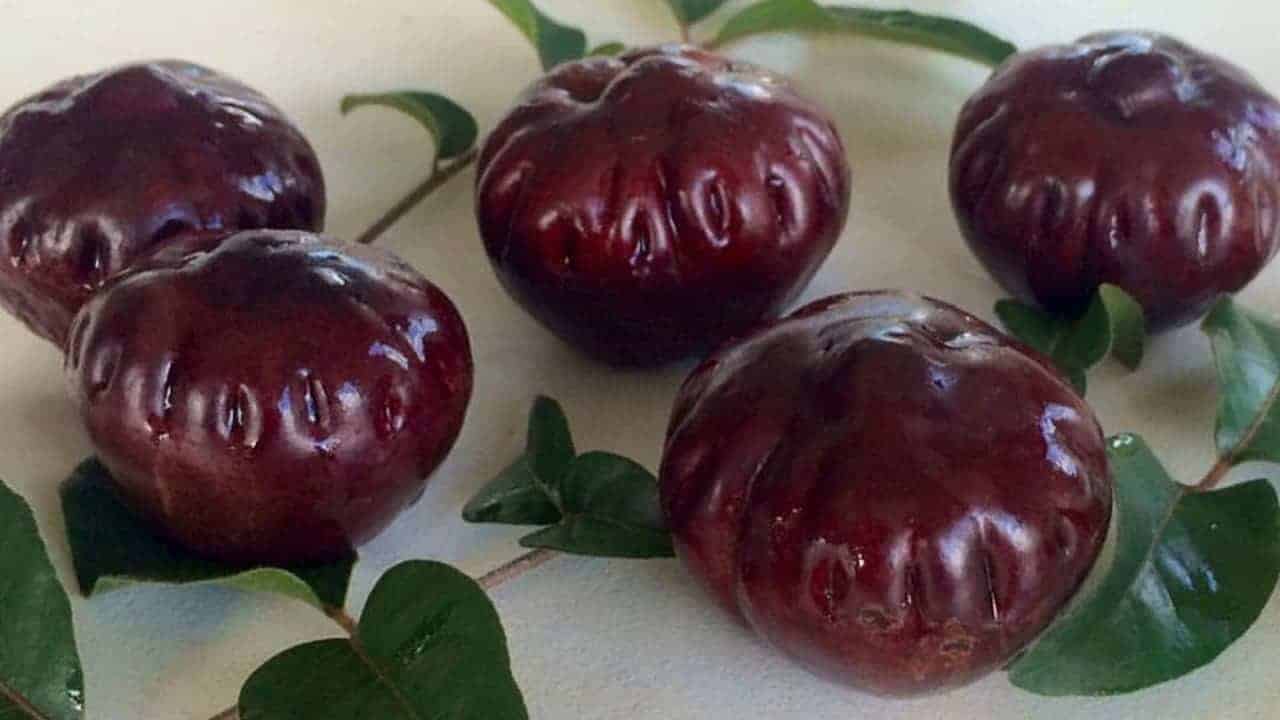 While a fully grown Burdekin Plum needs plenty of sunshine to bear fruit, you can enjoy its glossy, dark green foliage indoors in much the same way as a Benjamin fig. It reaches up to 20m in the wild, but backyard cultivation typically sees it no bigger than half that height. In the home, in a pot, you can keep it well under a couple of metres, or even as small as a table-top bonsai.
While a fully grown Burdekin Plum needs plenty of sunshine to bear fruit, you can enjoy its glossy, dark green foliage indoors in much the same way as a Benjamin fig. It reaches up to 20m in the wild, but backyard cultivation typically sees it no bigger than half that height. In the home, in a pot, you can keep it well under a couple of metres, or even as small as a table-top bonsai.
Small-Leaved Tamarind
Diploglottis campbellii 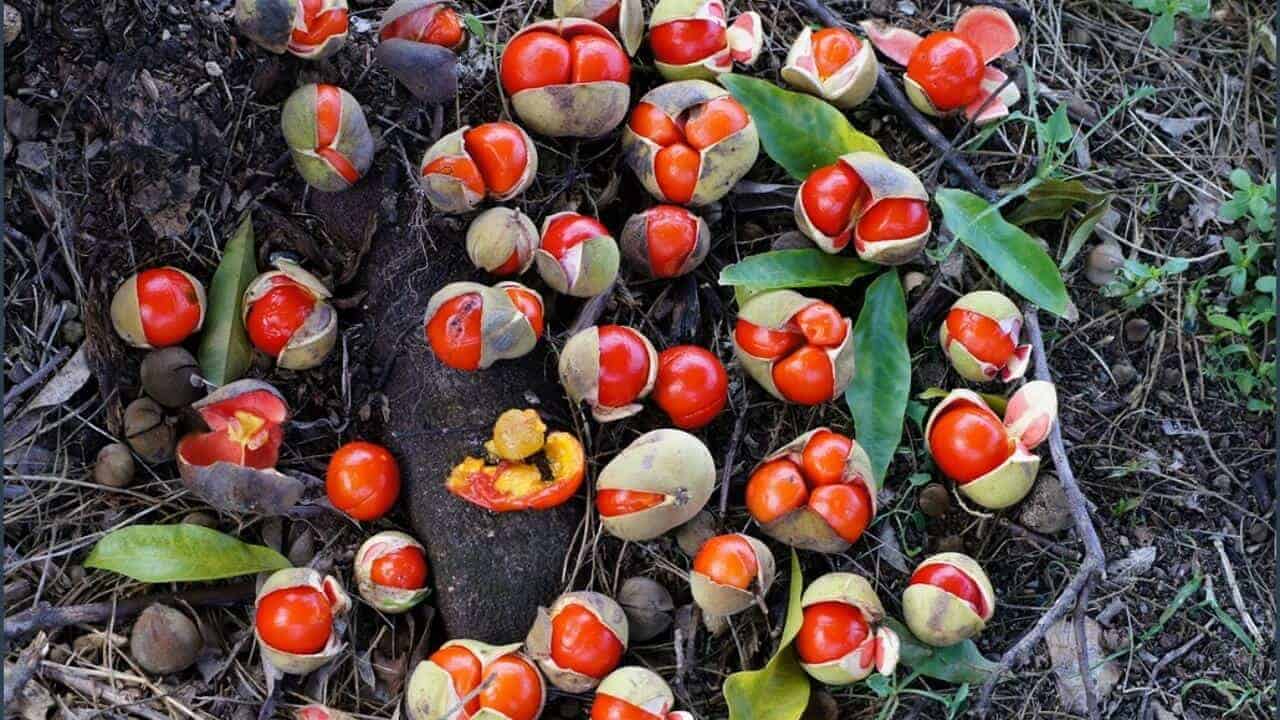 The Small-Leaved Tamarind is a New South Wales and Queensland rainforest natives. It starts its life under the shade of taller trees and, through its life, retains its ability to grow without full sunlight. It’s a beautiful, leafy ornamental that can thrive indoors if your home is particularly bright and sunny.
The Small-Leaved Tamarind is a New South Wales and Queensland rainforest natives. It starts its life under the shade of taller trees and, through its life, retains its ability to grow without full sunlight. It’s a beautiful, leafy ornamental that can thrive indoors if your home is particularly bright and sunny.
Native Gardenia
Atractocarpus fitzalanii 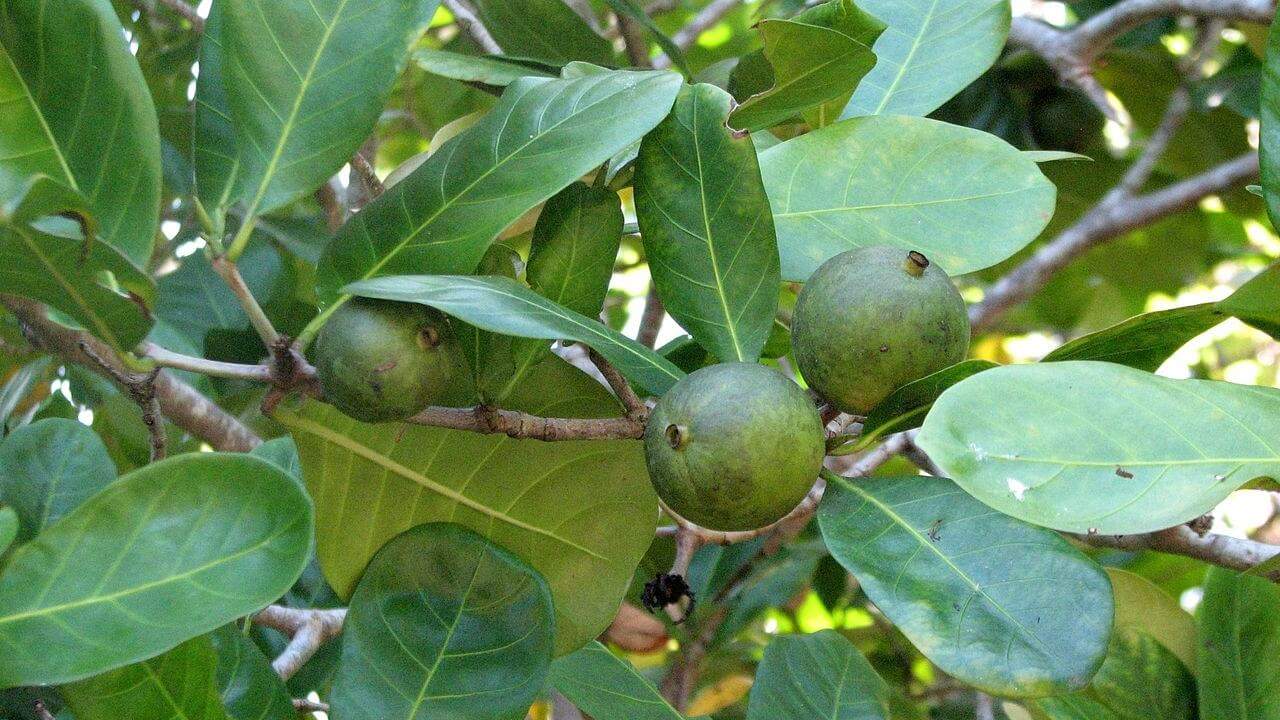 As a plant that starts out tender, the Native Gardenia is very well suited to indoor living, with younger specimens preferring the shelter and shade of a home to the winds and harsh sunshine of the outdoors. It’s a lover of warmth and moisture, perfect for sunrooms and bright balconies if kept away from direct light.
As a plant that starts out tender, the Native Gardenia is very well suited to indoor living, with younger specimens preferring the shelter and shade of a home to the winds and harsh sunshine of the outdoors. It’s a lover of warmth and moisture, perfect for sunrooms and bright balconies if kept away from direct light.
Red Back Ginger
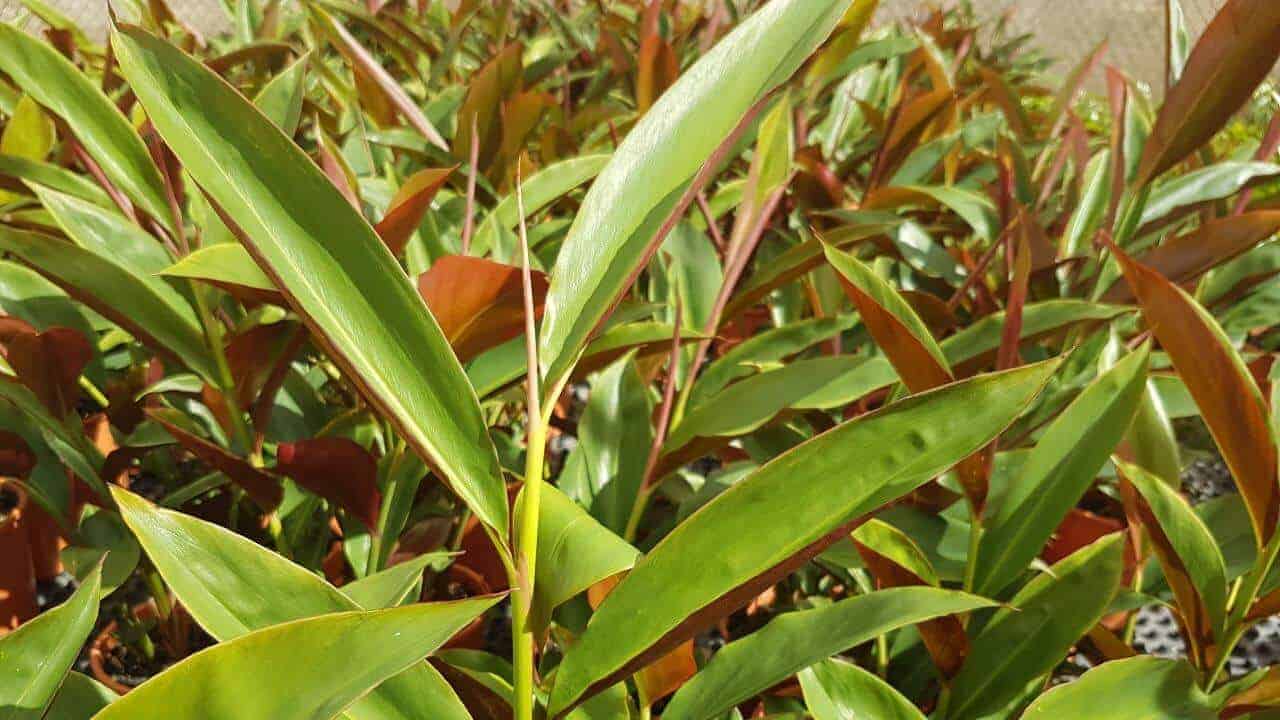
Alpinia caerulea ‘Atherton’ You’ll recognise the Red Back Ginger from our balcony recommendations. It’s suitable for the fully shaded conditions of a living room, bedroom or home office, producing attractive red and bright green foliage. While it might not flower and fruit so readily, its spicy root will carry on growing provided the plant gets adequate water and nutrients.
Large Leaf Tamarind
Diploglottis australis 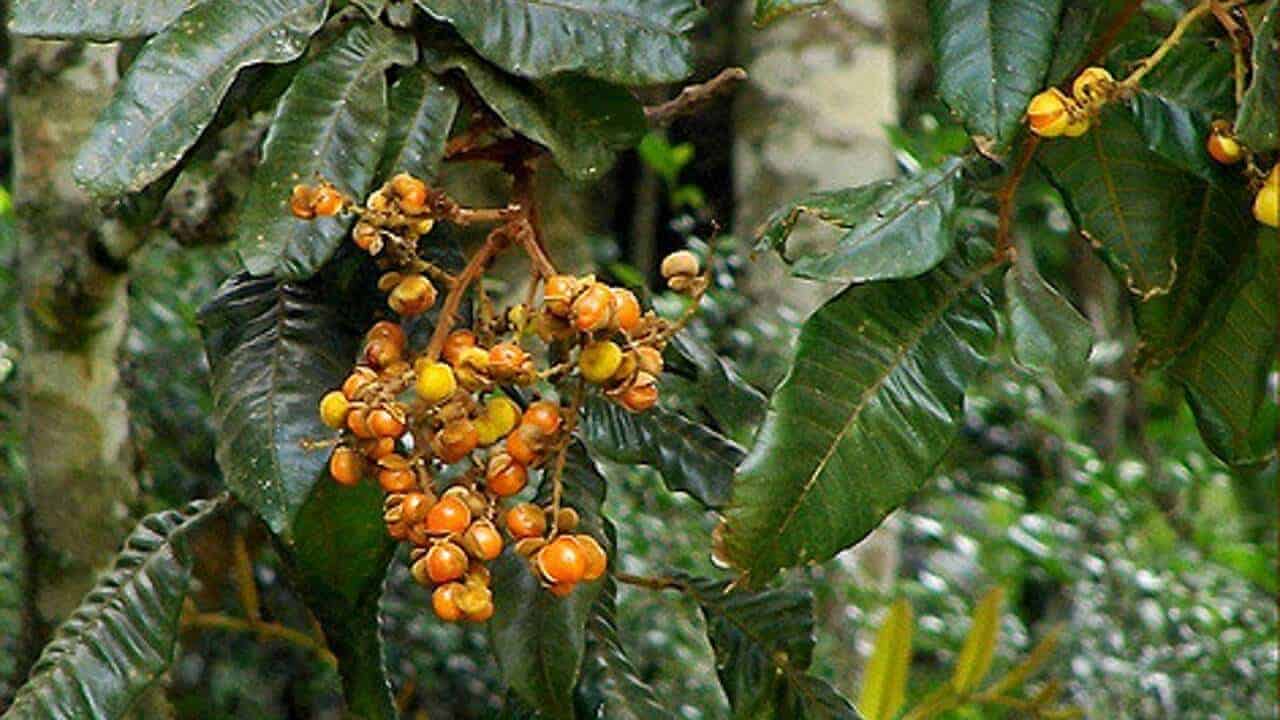 Move over, Fiddle Leaf Fig, here comes the Large Leaf Tamarind with its big, velvety dark green leaves. It takes four to five years for this vigorous species to reach fruiting maturity. Until then, make the most of its tropical rainforest style as living decor in your home. Be sure to water this one well, and spritz often.
Move over, Fiddle Leaf Fig, here comes the Large Leaf Tamarind with its big, velvety dark green leaves. It takes four to five years for this vigorous species to reach fruiting maturity. Until then, make the most of its tropical rainforest style as living decor in your home. Be sure to water this one well, and spritz often.
White Aspen
Acronychia oblongifolia 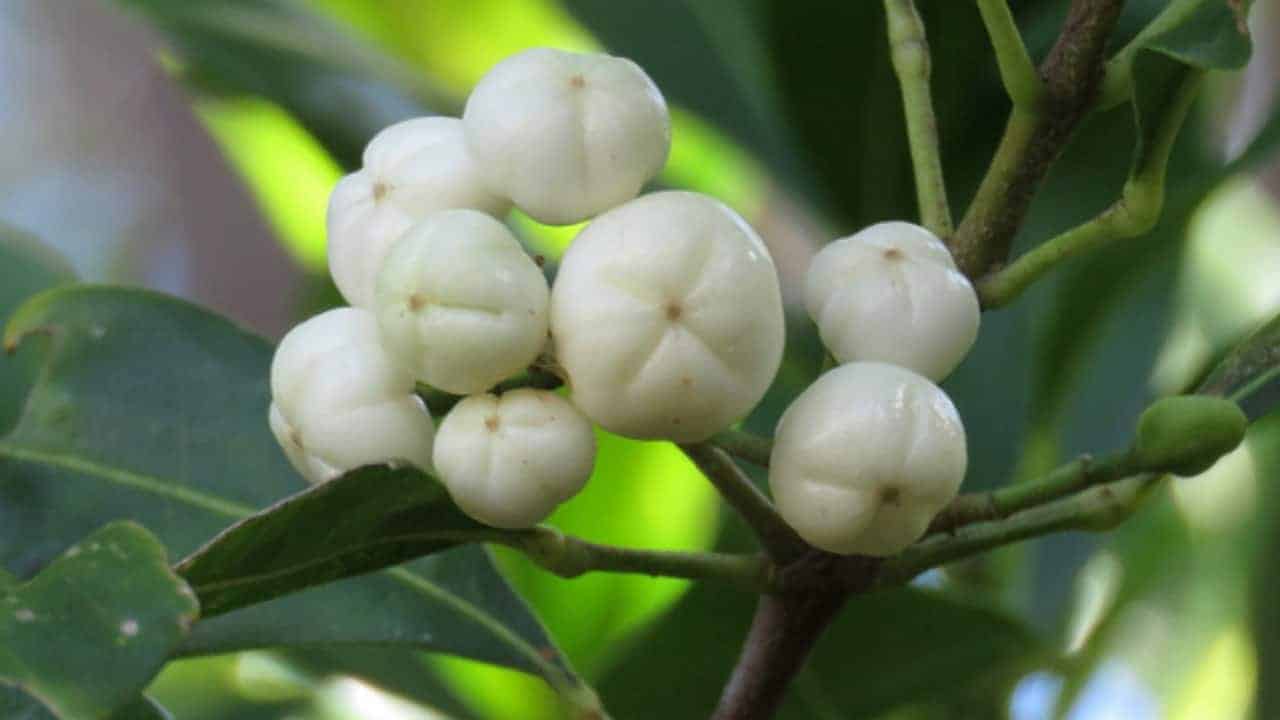 White Aspen is a subtropical Queenslander, suitable for screens, hedges, shade trees or potted ornamentals. It typically needs full sun to produce fruit, but grows happily when watered well and kept by a sunny window. Its dense, dark, leathery green foliage adds a touch of lushness to indoor styling, with a versatility that lets it adapt to most positions in a room.
White Aspen is a subtropical Queenslander, suitable for screens, hedges, shade trees or potted ornamentals. It typically needs full sun to produce fruit, but grows happily when watered well and kept by a sunny window. Its dense, dark, leathery green foliage adds a touch of lushness to indoor styling, with a versatility that lets it adapt to most positions in a room.
Tips for growing bush tucker species indoors
- As a rule of thumb, plants with thicker, tougher and shiny green leaves make decent houseplants.
- Sometimes it’s handy to buy two plants, so they can be rotated between well-lit indoor positions and dappled outdoor shade.
- Ideally, you’ll keep your plants near a window with plenty of indirect sunlight — patios and lightly shaded areas are great too!
- You’ll want to use an Australian Premium potting mix to ensure the right texture and adequate drainage for indoor growing — avoid using soil, compost or manure in the pot.
- When watering, don’t leave your pots constantly sitting in a tray of water. This leads to the potting mix breaking down and going “off” due to anaerobic bacterial activity. Instead, take the plant outside, water it thoroughly and leave it to drain before bringing it back in.
- Just like with exotic indoor plants, give the leaves a wipe or hose-down every few weeks to remove dust and keep the stomata (plant pores) clear.
- Houseplants can sometimes suffer from the dry air in air-conditioned houses — if you find yours looking a little sad, grab a spray bottle and mist the leaves every now and then.
- Fertilise with a slow release fertiliser once every six months — we recommend in Spring and Autumn.
Social:
Some of our favourite bushtucker trees that thrive inside the home.
